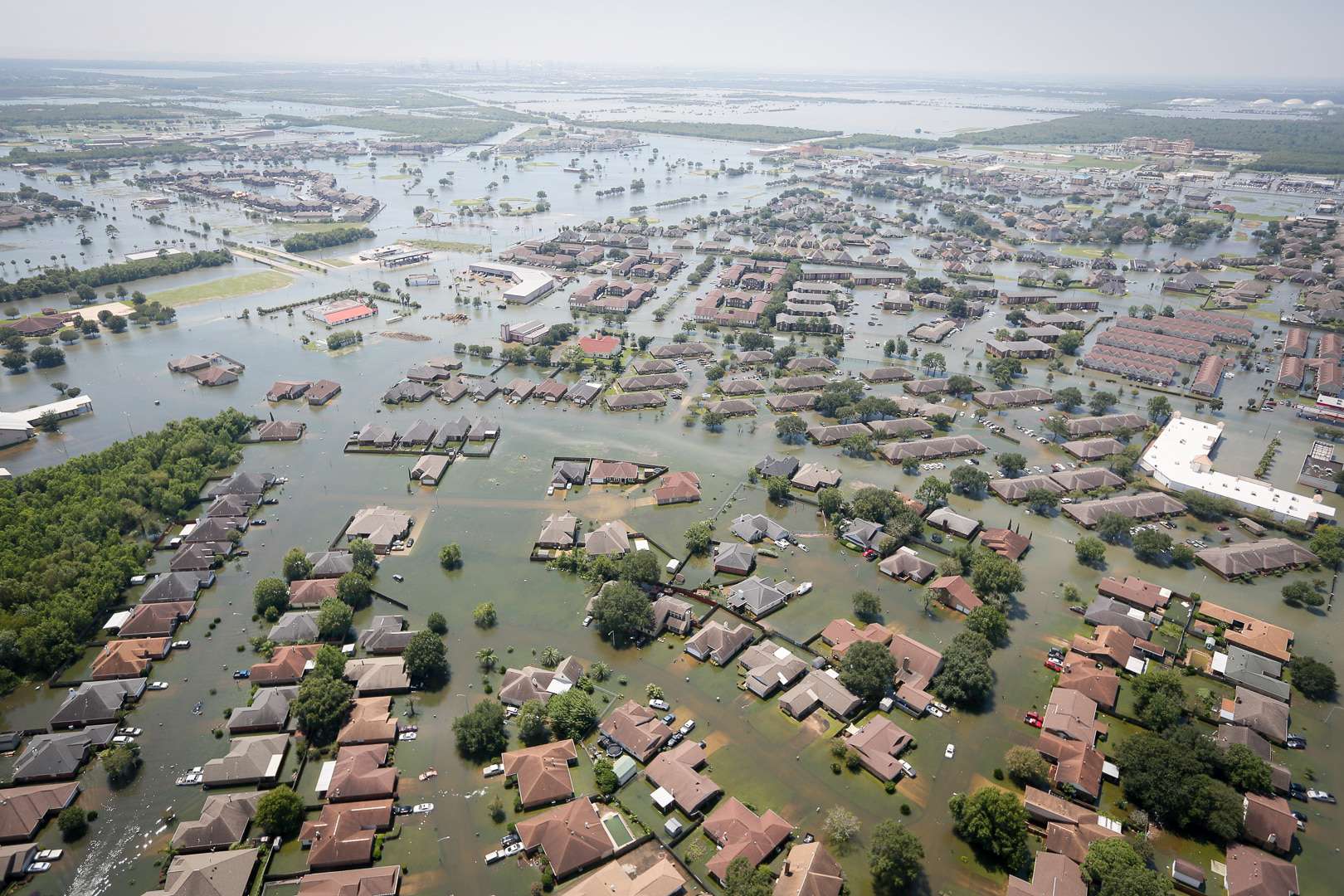Small, sometimes historic, and relying on tourism, the towns along the Texas Gulf Coast are a hard-scrabble bunch. Texans visit their tried-and-true favorites in the summers and the occasional Canadian or two (or three) “winter” in a few of the most southern towns. There isn’t much industry beyond tourism. Shrimping in the gulf has mostly died out and fishing is only profitable for a few large operations. Oil and shipping bring jobs to some locals, but nowhere near enough to support a town or city.
Like water-side communities the world over, towns on the Gulf rely on good weather and strong economies to make ends meet. When times are tough, these towns band together, like when Hurricane Harvey hit in 2017. Reconstruction began as soon as the waters receded. People came together, they had to come together, to restore the assets they need to survive in a tourism economy. If they don’t take care of themselves, no one else will.

The lay of the land
A stretch of land along the Texas coast known as the Laguna Madre is one of the most biologically diverse regions in all of America. Bird species found nowhere else in the United States thrive in marshy, hypersaline tidal flats. The only remaining population of ocelots in the United States also lives in the Laguna Madre, next to wild pigs, deer, alligators, and bats. It’s subtropical land like this that draws people to this area.
Across from the wild, protected land and waters of the Laguna Madre is South Padre Island, a tourist destination known for debauched spring break parties and summer family vacations. A short drive over the bay from South Padre Island is Port Isabel, a port town that was important before and during the American Civil War and has been in a slow decline and stagnation since.
South Padre Island and Port Isabel are two of the southernmost costal Texas towns. The drive to the boarder from Port Isabel is under an hour. North of these outposts is Port Aransas and Mustang Island– two more small towns that declined in significance after the Civil War and that rely on tourism for income.
Then there are the heavy hitters, the coastal cities with some name recognition: Corpus Christi and Galveston.
Corpus Christi enjoys some degree of economic diversity. It still functions as a shipping port and subcultures exist based around shipping, oil drilling and a military defense base.
Galveston is the beach escape from the swampy, concrete jungle of Houston. It was Texas’ largest city from the 1800s until the 1900s and the heart of a thriving, illegal gambling scene during Prohibition. Leftover icons from its heyday give it a different vibe than the other coastal cities and towns. It’s a vibe of corndogs eaten on a swaying wharf and proper Victorian homes restored after storms and fires gutted much of the island. Follow the coast north of Galveston and you’re quickly in Louisiana.
Every town has a storm story
It’s one of many factors that ties these coastal spots together. Locals have seen the destruction firsthand. Towns wiped out by storm surges, wind and flooding. Each town has been hit and hit hard, leveled and raised up again. In fact, the deadliest natural disaster in American history was a tropical cyclone that hit Galveston in 1900. It killed between 6,000 and 12,000 people.
These towns have grit but that isn’t a word used to describe them. They’re vacation spots, the types of places people go to play. To have a nice, family friendly time. The brands of places like Port Aransas and South Padre Island are white-bread America. There’s the ubiquitous image of the white, fit, couple running down the beach. The happy family of four laughing at the camera. There’s the WORD sunset shot. There is also likely to be a picture of turtles or dolphins and another of fishers proudly holding the dead fish they caught.
None of these truly reflect the richness of the region.
The charm is in the people, not the place
The locals stay despite everything. Even as almost every industry has left the region, they dig in. They rebuild their towns and they weather the ups and downs of tourism. Corporations might own the hotels lining the coast, but almost every fishing charter and surf board rental shop, beach bar and taqueria, sea life tour and sailing charter is a local business. The people are where the heart of the region lives.
But, tourism is a harsh business. A negative article is all it takes for poor perceptions to set in and a bad year to follow. It happened to Port Aransas and South Padre Island after Hurricane Harvey. Even though both destinations were open for business, potential tourists had a picture of complete devastation in mind and chose to go elsewhere. And the new generation of tourists, millennials and the Gen Z’s hot on their heels, are pickier than their predecessors.
Generally (and this is very, very general,) younger travelers are on the hunt for authentic, experiential trips. It’s why Airbnb has a thriving section of rentals that include cooking and cocktail classes. Food trails and voluntourism are developing beyond trends and into centerpieces for destinations.
Texas coastal towns could have these things and the younger travelers that go along with them. They have the bones for them– history, grit, inventiveness and regional cultures. If you’re willing to look, you’ll find destinations that offer more than the vacation brochures. It’s there, waiting on the Texas coast.
